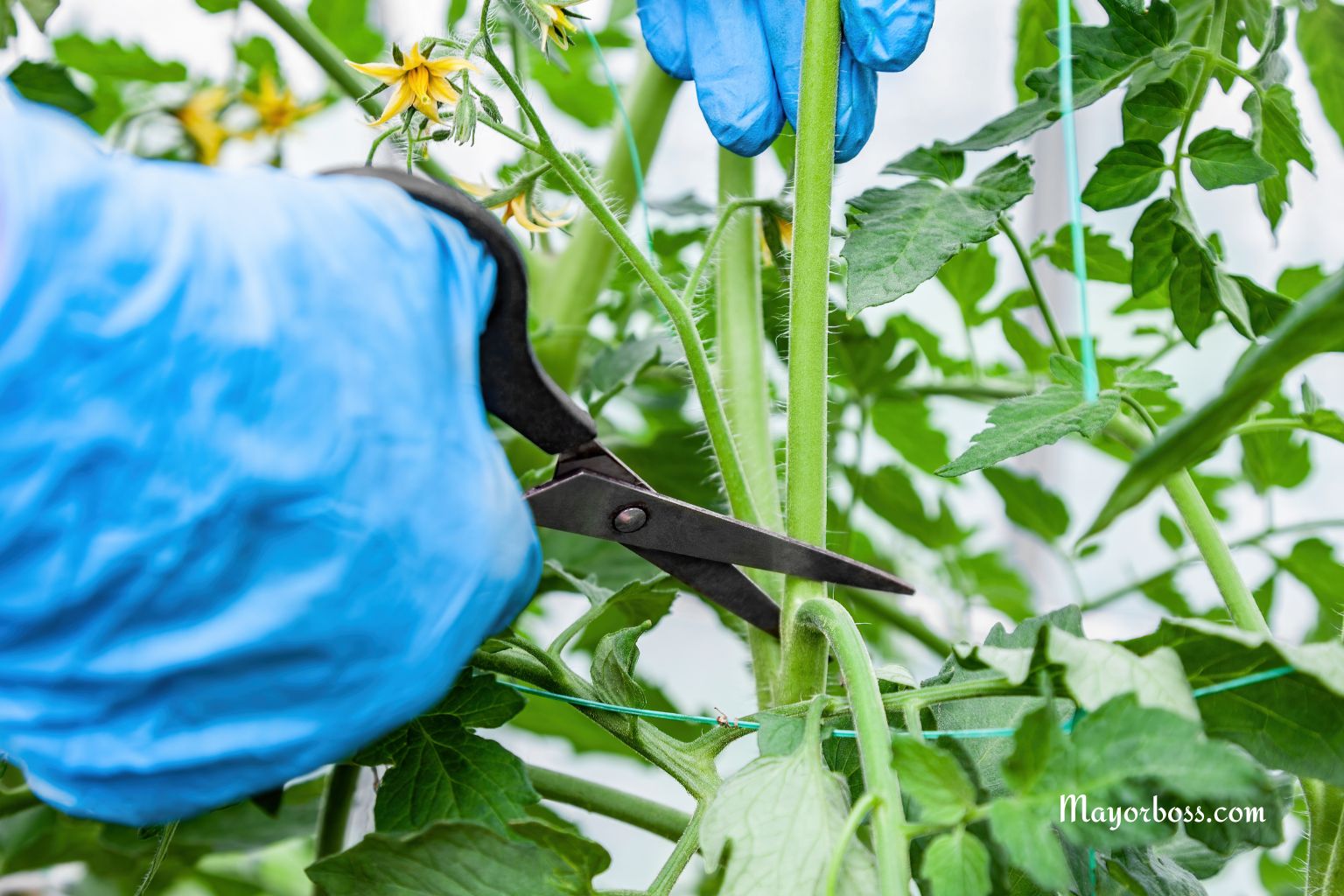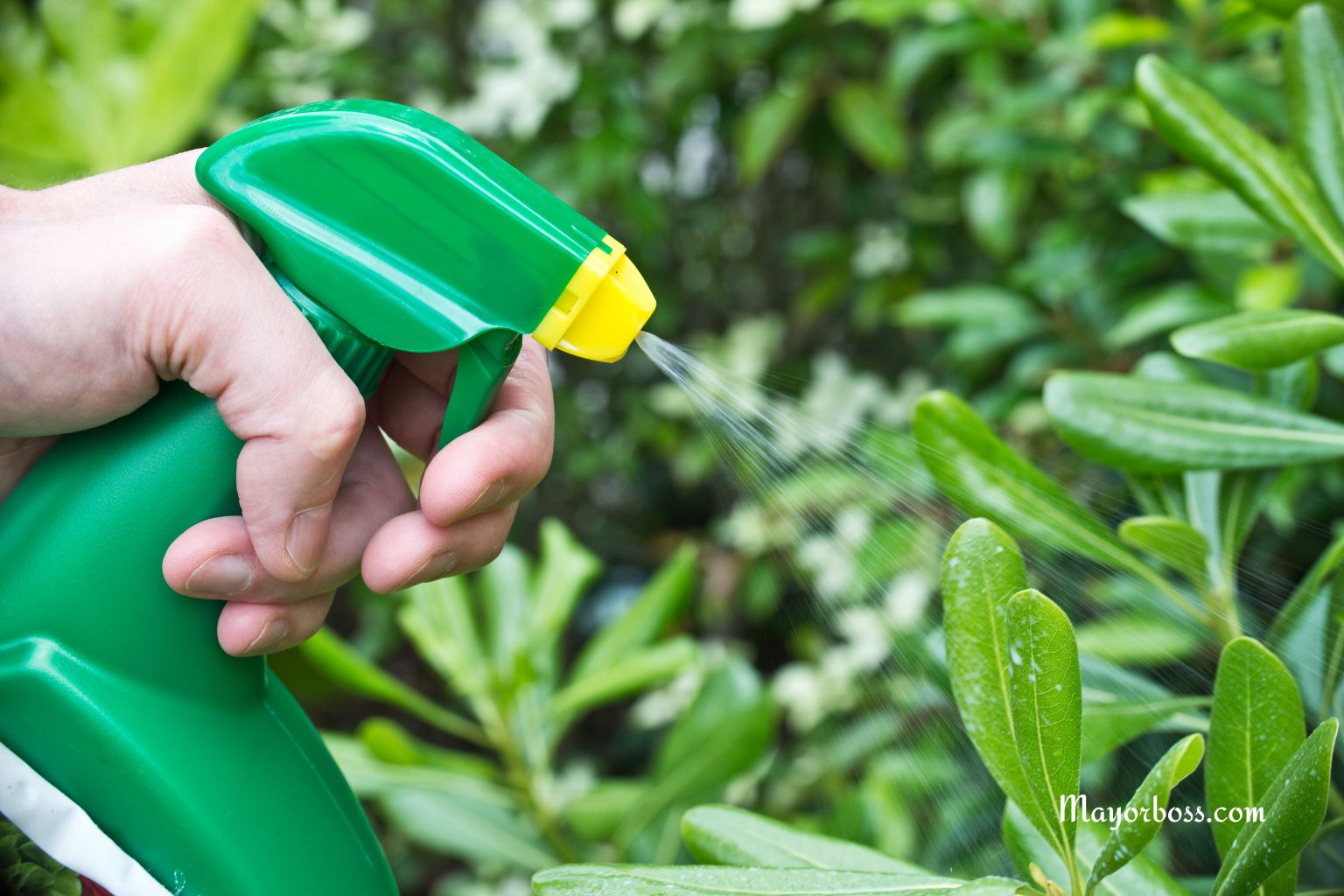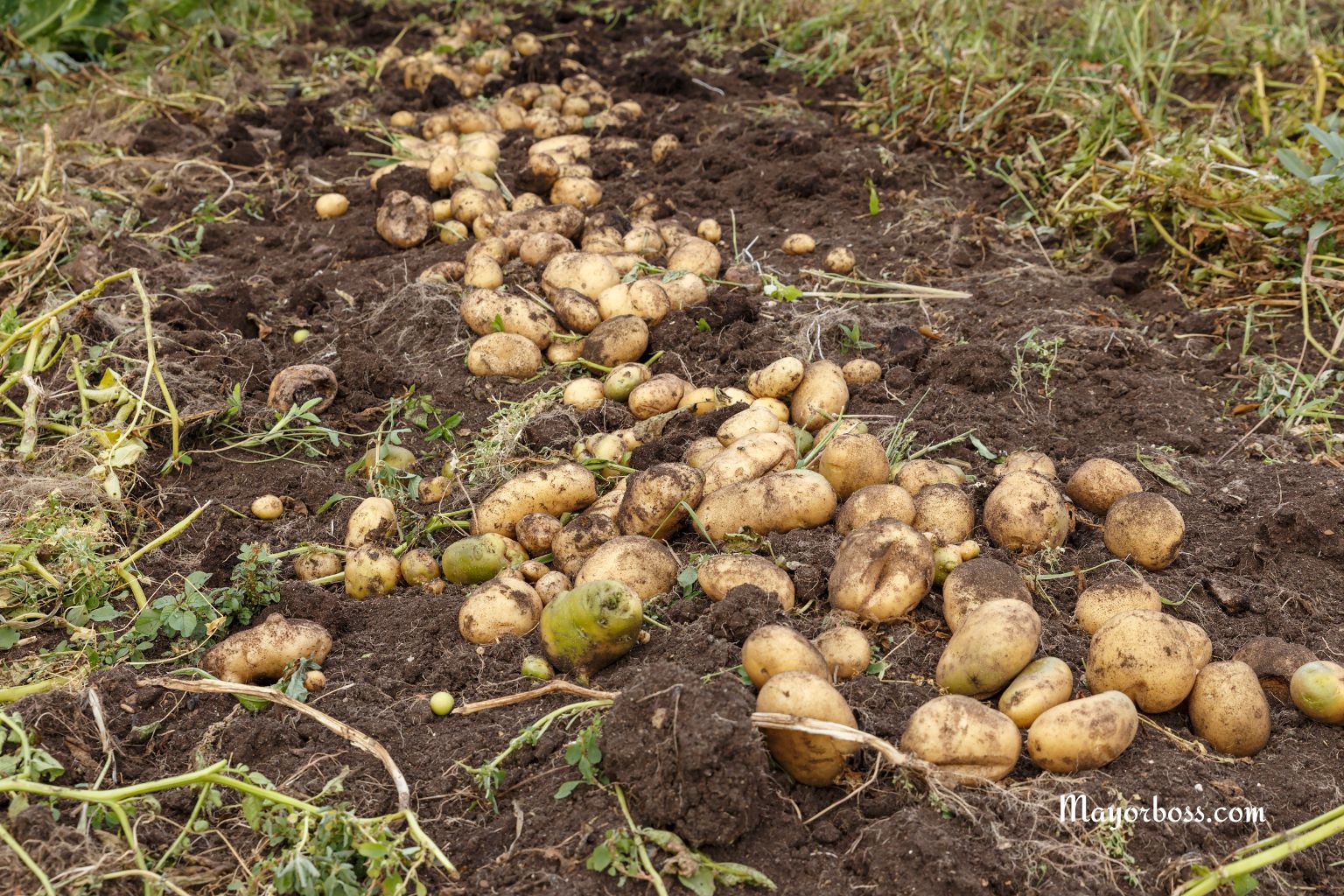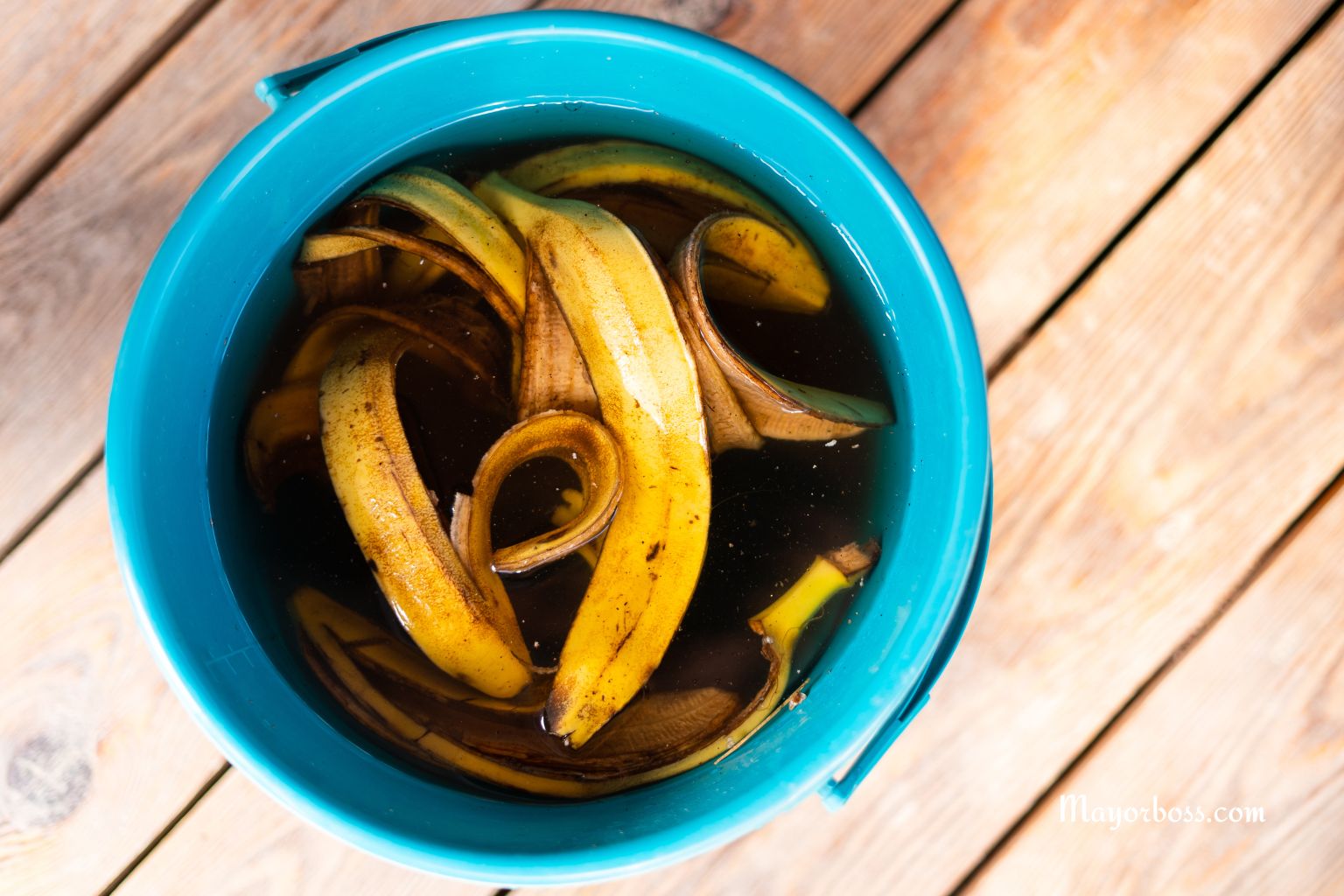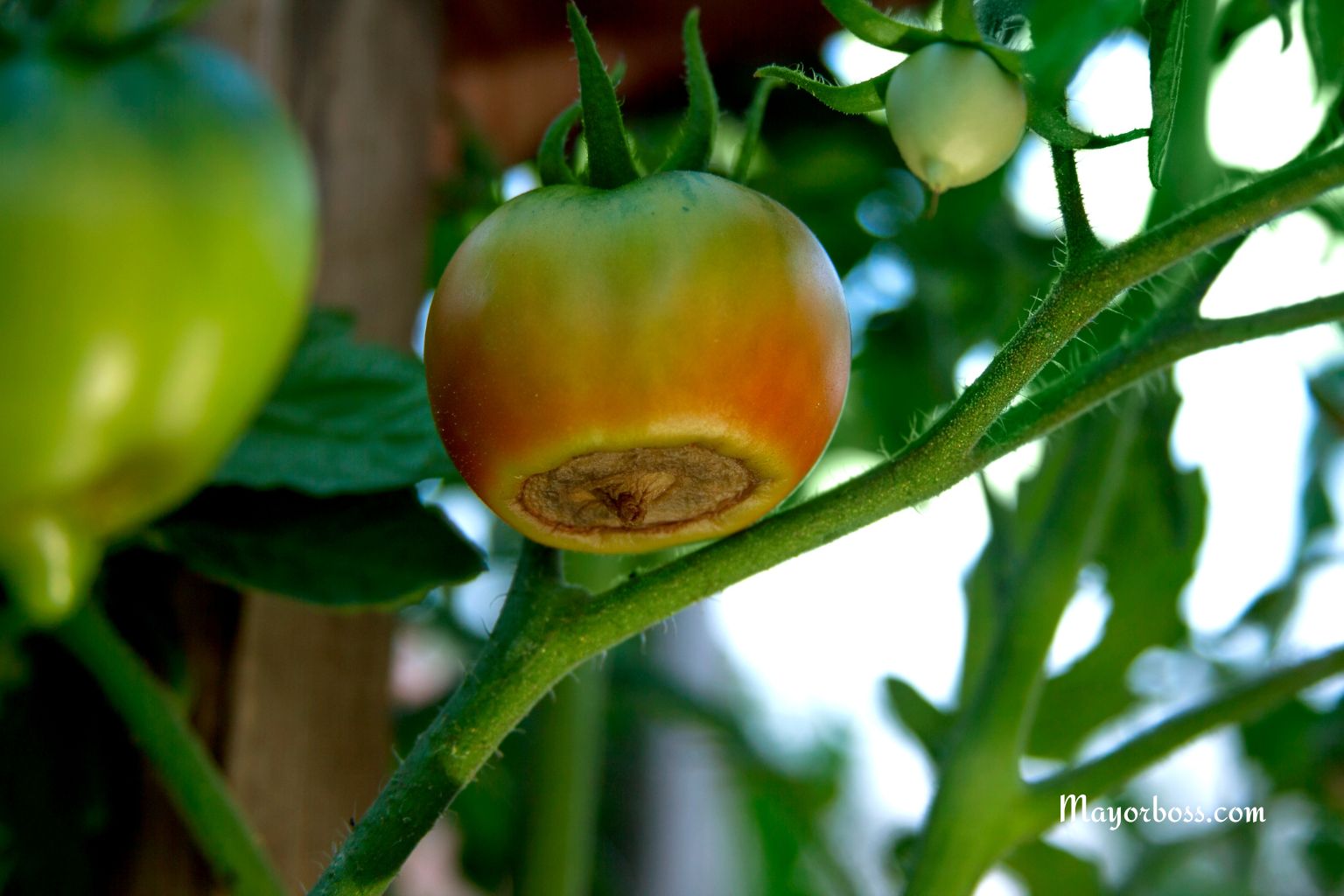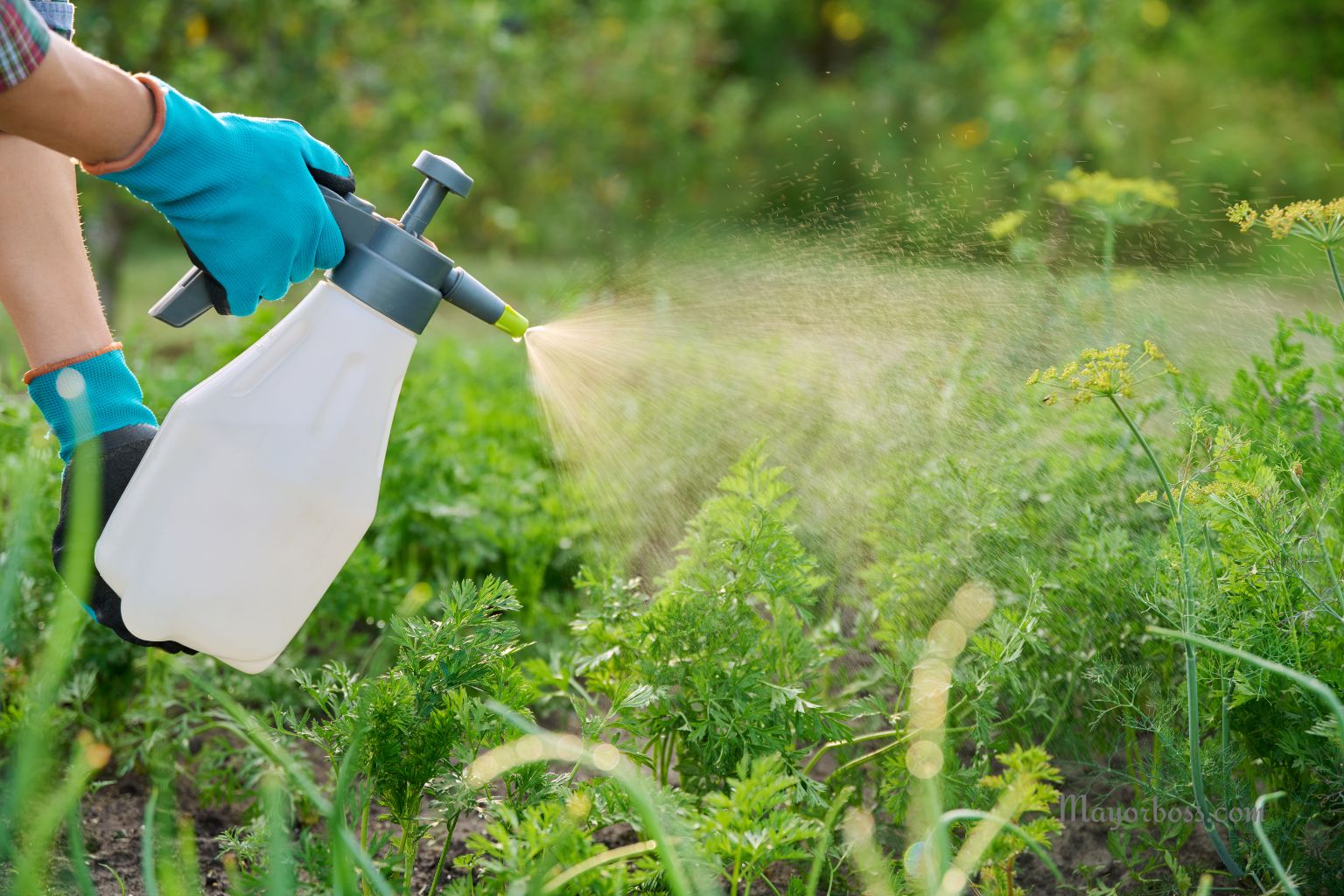How to Speed Up Tomato Ripening in Your Garden
Want your tomatoes to turn red faster? Use these proven tricks to help them ripen quicker and stay healthy till harvest.
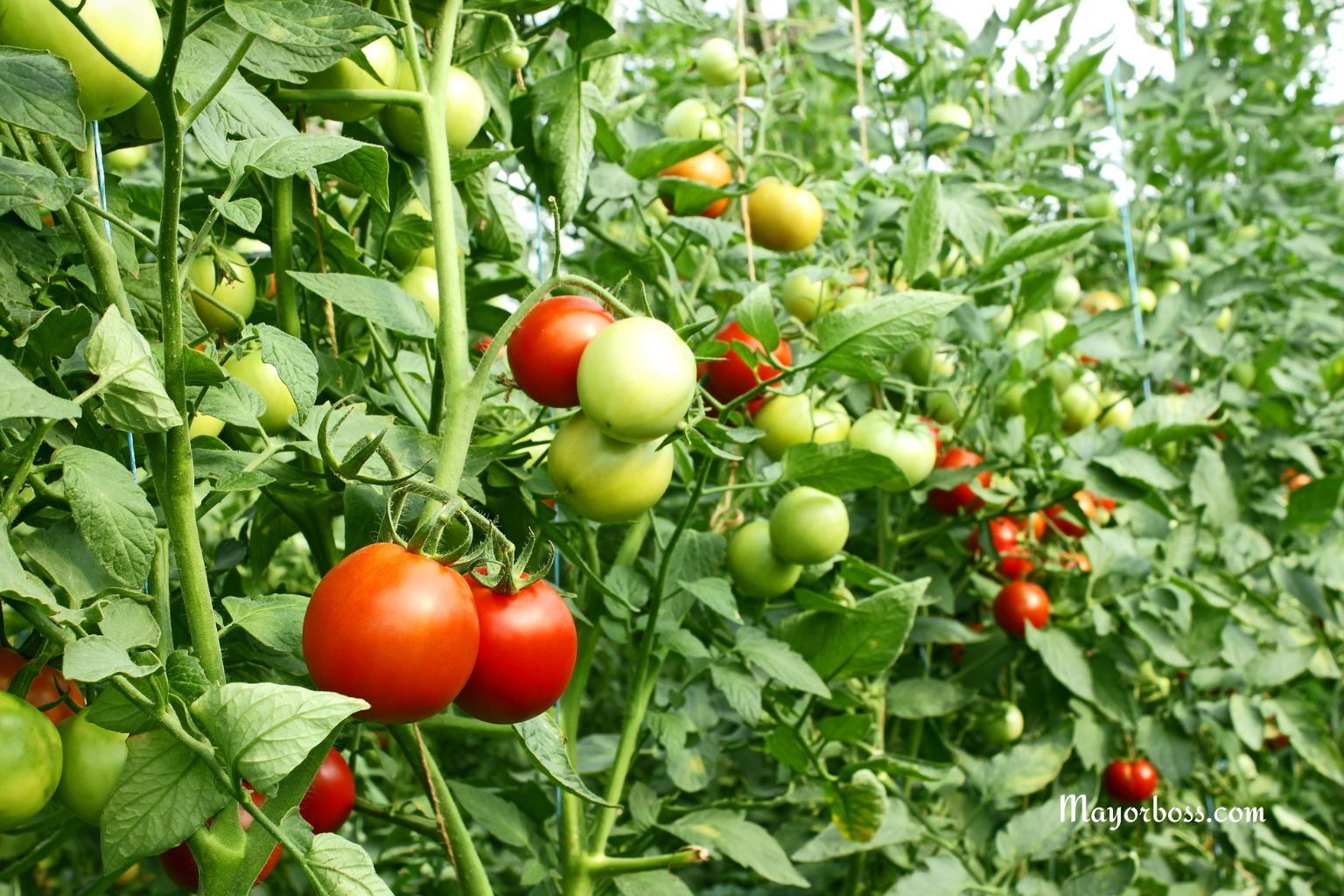
Tomatoes are one of the most rewarding crops to grow, but waiting for them to ripen can test anyone’s patience. Especially near the end of summer, you might notice that many fruits are still green. Thankfully, there are simple, effective ways to speed up ripening and make sure your tomatoes reach the table before the cold sets in.
Spray with This Simple Homemade Solution
One of the most effective ways to help tomatoes ripen faster—and protect them from disease—is with a simple solution made from common household items.
Here’s the recipe:
- 1 bucket of water (about 10 liters)
- 10 drops of iodine
- 1 liter of low-fat milk (1.5% fat)
Mix these ingredients and spray the tomato plants with the solution. It works in two important ways. First, the iodine and milk help guard the plant from late blight (also known as phytophthora), a common tomato disease that can destroy your harvest quickly.1 Second, the mixture encourages the fruits to ripen sooner by creating a healthier growing environment.
Spray the plants every 7 to 10 days. Make sure to cover the leaves and stems well, but avoid soaking them to the point of dripping.
Remove New Flowers at the End of Summer
As the summer season winds down, your tomato plants may still try to produce new buds and flowers. These might look promising, but they’re actually draining energy from the fruits that are already growing.
By removing new flowers and unopened buds, especially in late August or early September, you help the plant focus its energy on ripening the tomatoes it already has. The same goes for weak or small fruit clusters on medium or short varieties. If the fruits are tiny and unlikely to mature in time, it’s best to remove them.
Think of it like budgeting energy: let the plant invest all its strength into finishing what it’s already started.
Prune the Bottom Leaves and Side Shoots
Tomato plants can get bushy fast. That extra greenery might seem healthy, but it can block airflow and shade ripening fruits. It also uses up nutrients that would be better spent on the tomatoes.
To help ripening along:
- Remove lower leaves up to the first fruit cluster.
- Trim off suckers (the little shoots that grow in the joint between the main stem and a branch).
- Clear away any yellowing or damaged leaves.
This improves air circulation, reduces the risk of disease, and lets more sunlight reach the tomatoes. Plus, with fewer leaves to support, the plant can shift its energy toward maturing the fruit.
Bonus Tip: Gently Stress the Plant
This might sound odd, but tomato plants ripen faster under a bit of controlled stress. Once your tomatoes are full-sized and just starting to blush, try reducing how much you water the plant. Cut back slowly—not a total stop—to encourage the plant to finish ripening the fruit.
Be careful not to underwater too early or too much, or the plant could wilt or the fruits could crack.
To support everything else you’re doing, make sure the soil stays consistent in temperature and moisture. A layer of mulch helps with this. And by keeping the area around the plants free of weeds, you remove competition for nutrients and reduce humidity that could encourage fungus.
Final Thoughts
Helping your tomatoes ripen faster doesn’t require expensive products or complicated tools. A simple homemade spray, light pruning, and smart timing can help you bring in a rich, red, flavorful harvest before the season ends. Each tip works with the plant’s natural rhythm—guiding it, not forcing it. And that’s the key to gardening success.
FAQs
1. Can I use whole milk instead of low-fat milk in the spray?
Yes, but low-fat milk is recommended because it reduces the risk of sour smells or residue on the plant. Whole milk can work, but may leave more buildup.
2. Is iodine safe for tomato plants?
Yes, when used in small amounts like 10 drops per 10 liters of water, iodine is safe and even beneficial. It helps fight fungal diseases.
3. How often should I apply the iodine and milk spray?
Once every 7 to 10 days is ideal. Stop spraying once most of your tomatoes are close to ripening.
4. Should I prune determinate (bush) tomato varieties too?
Yes, but be gentler. Remove only the suckers and leaves below fruiting branches. Avoid heavy pruning on determinate types, since they have a limited fruiting period.
5. What if I already have a lot of green tomatoes and fall is approaching?
Harvest any large green tomatoes and let them ripen indoors in a warm, dry place. Place them in a paper bag with a ripe banana to speed up the ripening process.

